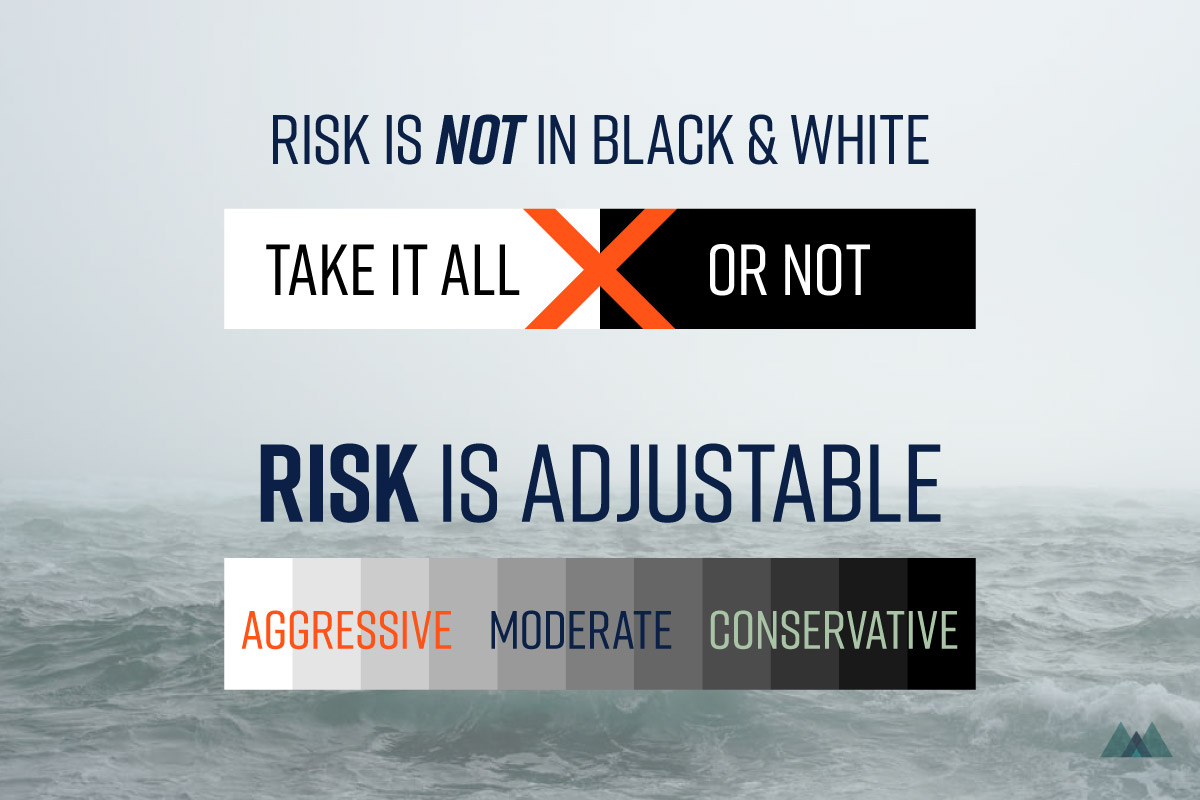The Question Is Not Avoiding Risk, but Managing It.
Almost nothing is risk-free. Your “safely” saved money is losing its value with inflation, and the government will tax anything they can. In essence, risk is the possibility of losing money on an investment; return is the amount you earn relative to the investment’s cost. In general, investments with a higher risk have a higher return, and you cannot avoid risk, but you can manage risk.
Choose the levels of risk to protect and grow your money. The level of risk is often determined by the type of portfolio, namely, aggressive, moderate, or conservative.
Jenna has $1,000 and two investment options:
(1) Putting the money into a savings account and receiving 1.5% return every year with no risk: the future value is expected to be $1,160.74 (a return rate of 16%) in 10 years.
(2) Investing the money in an index fund (a collection of common stocks that usually receives an average market return), which will likely give her an average return of 7%: the future value is expected to be $1,967.15 (a return rate of 97%) in 10 years.
The index fund is likely to give Jenna a higher return but at a higher risk. However, we must consider that this is merely an estimation - Jenna may potentially lose money if the market were to go down temporary (History shows the worst loss of index funds was up to 30% in a year).
Take note that risk is not a black and white concept. There are ways Jenna can control her risk in case the market crashes.
If Jenna wants to take a moderate amount of risk, she may decide to divide her $1,000 between a savings account and index fund. This will help modulate the risk, and brings her a decent grown: $1,563.95 (a return rate of 56%) based on equal allocation.

Time's up

